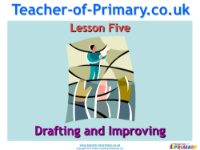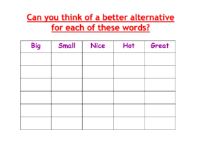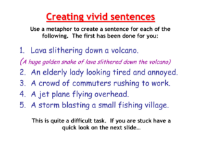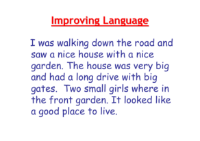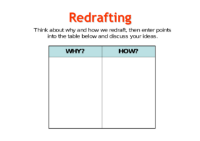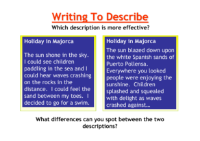Descriptive Writing - Lesson 5 - Top Tips Worksheet
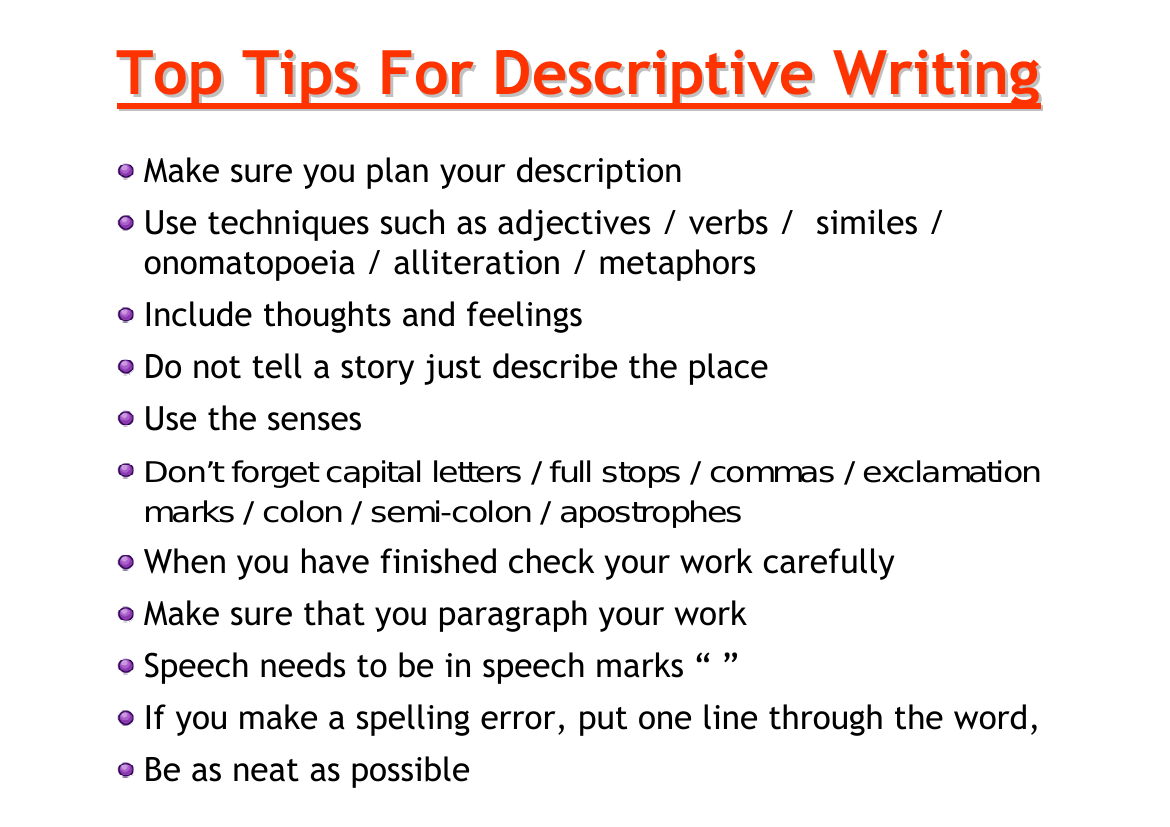
English Resource Description
Embarking on the journey of descriptive writing, it's crucial to meticulously plan your piece to ensure a vivid portrayal of the scene or object at hand. To bring your description to life, employ a variety of literary techniques such as the use of evocative adjectives, dynamic verbs, similes that draw comparisons, the auditory appeal of onomatopoeia, the rhythmic allure of alliteration, and the creative twist of metaphors. Intertwine these elements with the expression of thoughts and feelings to add depth and emotion to your writing.
Remember, the essence of descriptive writing lies in painting a picture rather than narrating a story, so focus on crafting a snapshot in words. Engage the reader's senses by describing what can be seen, heard, smelled, tasted, and touched. Pay close attention to punctuation, including the proper use of capital letters, full stops, commas, exclamation marks, colons, semi-colons, and apostrophes to give your writing clarity and precision. Once your draft is complete, review your work with a critical eye, making corrections neatly and ensuring that any dialogue is framed with speech marks. Lastly, structure your writing with well-organized paragraphs to guide your reader through the imagery with ease.
